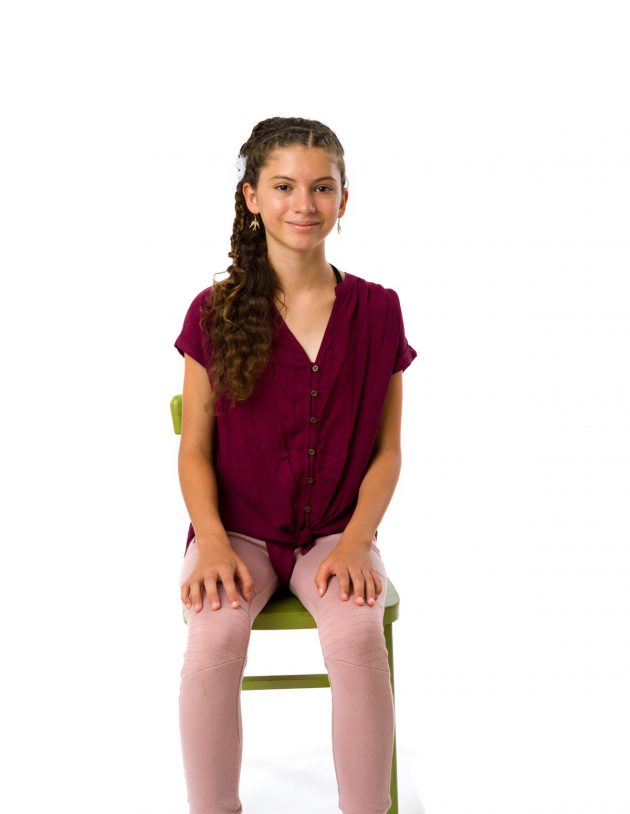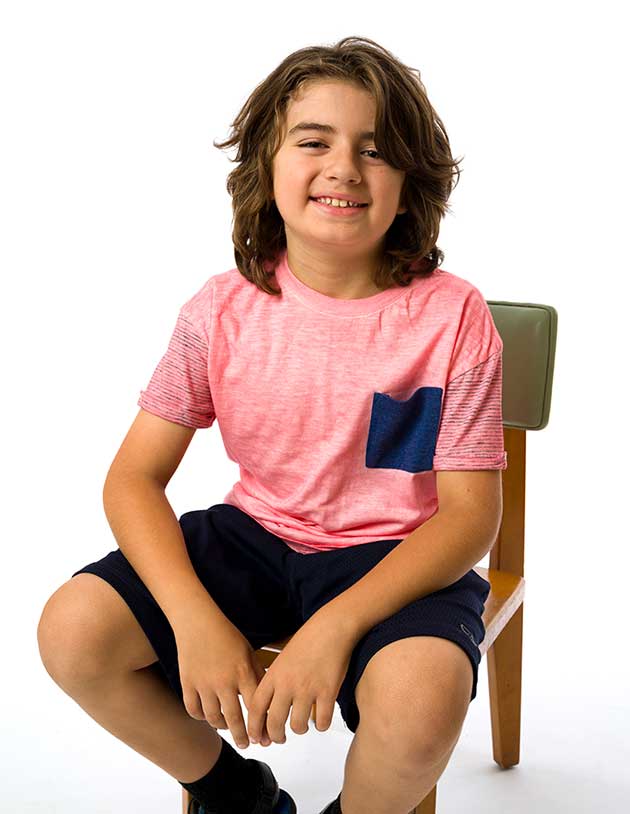This children’s meditation is a variation on a traditional kundalini yoga meditation. It is an active meditation that reinforces your child’s capacity for kindness. It is accessible and engaging for children who have trouble keeping their body still, and for many children this becomes one of their most relied-upon tools in everyday life.
You can read the directions below, or listen to the audio recording to learn this practice.
 1. This meditation combines vocalization with movement of your fingers. You will connect each of your fingers to your thumb on both hands at once, while reciting the mantra “I'm Full of Love.”
1. This meditation combines vocalization with movement of your fingers. You will connect each of your fingers to your thumb on both hands at once, while reciting the mantra “I'm Full of Love.”
2. Say one word at a time as you connect your fingers. Press your thumb and first finger together saying “I'm,” your thumb and middle finger together saying “full,” your thumb and ring finger together saying “of,” and your thumb and pinkie together saying “love.”
3. Put enough pressure on your fingers to really feel the connection they are making. Once you get the rhythm of the practice, close your eyes and keep going, repeating the movement and the mantra for as long as you choose, starting out with just a few moments and then working up to several minutes.
4. Begin slowly, using both hands simultaneously, and, as you feel more comfortable, go a bit faster. You can start saying “I'm full of love” loudly and then lower your voice with each round until it becomes a whisper, ultimately repeating it silently to yourself for a few rounds.
5. The mantra “I'm Full of Love” is a great one, but you can also try this meditation with any four-word (or four-syllable) mantra or saying. Feel free to experiment and be creative. Some examples are “I am so strong” or “I will be kind.” Your child may enjoy creating her own mantra, but once she has chosen a mantra (after trying a few), encourage her to stick with and practice that one specific mantra. Through repetition it will become a part of how she thinks about herself and serve as a touchstone for gathering strength in challenging situations.
Challenges: Younger children or those with fine-motor challenges may struggle with the coordination to connect their fingers, especially with their eyes closed. Encourage them to practice the movement first, and even to watch their fingers if they need to, and then add the vocalization as the movement becomes comfortable.
Daily Practice: This activity gains potency with repetition. Encourage your child to practice it for just a couple of moments each day, and then to use it anytime she feels like she needs some extra personal power. This can even be done in the classroom when she feels particularly restless, if she moves her fingers silently. For many children this small movement can help them stay calm and connected during the school day.



















